D-Day: how allies prepared military build-up of astonishing dimensions
Eighty years ago, the Allies carried out the D-Day landings – a crucial turning point in the Second World War

The Americans had been pushing for an invasion of northwest Europe from soon after they joined the War in 1941. There was great pressure, too, from the Soviet Union, which was desperate for its allies to relieve the pressure on the Eastern Front. But the British felt that the Allies lacked the resources for a successful invasion – a limited raid on Dieppe in 1942 involving mostly Canadian troops had ended in disaster – and persuaded the Americans to delay.
Yet by 1943, the Allies had made considerable headway in the Mediterranean campaign. That November, Roosevelt and Churchill promised Stalin that they would open a new front the following spring, with the intention of pushing the Germans out of France and the Low Countries. They started planning for an invasion, code-named Operation Overlord.
What did those preparations involve?
A military build-up of astonishing dimensions. In the first half of 1944 alone, about nine million tonnes of supplies and equipment crossed the Atlantic from North America to Britain. More than 1.4 million US servicemen arrived here ahead of the invasion; by 1944, two million troops from a dozen countries were stationed in the UK.
The Week
Escape your echo chamber. Get the facts behind the news, plus analysis from multiple perspectives.

Sign up for The Week's Free Newsletters
From our morning news briefing to a weekly Good News Newsletter, get the best of The Week delivered directly to your inbox.
From our morning news briefing to a weekly Good News Newsletter, get the best of The Week delivered directly to your inbox.
The planners also had to decide where on the French coast the landings would take place. They had to be sure beaches could handle the weight of tanks, so they sent men to swim ashore and collect sand samples; to analyse the coastline, they gathered postcards and holiday snaps from members of the public who'd been to France before the War. Calais seemed too obvious a target, so they settled on Normandy, which offered strong opportunities for further attacks on German-held ports. The invasion date was set for 5 June. And to stop the Germans getting wind of what all this activity signified, they set up Operation Fortitude.
What was Operation Fortitude?
"The most ambitious deception plan in the history of warfare," in the words of historian Antony Beevor. The planners – helped by their double agents – created a vast web of disinformation to fool the Germans into thinking they were planning an invasion at the Pas-de-Calais, hundreds of miles from Normandy, as well as an attack on Norway. They used fake radio transmissions; they set up inflatable tanks and other decoys along the Kent coast to draw attention away from Southampton, where a large part of the invasion force was mustering. And they were so successful that a month after D-Day, the Germans were still convinced an attack on Calais was in the works. The deceptions continued into the early hours of D-Day itself when, far up the coast from the real invasion point, RAF planes released metal strips – which German radar mistook for a naval convoy – and dropped dummy parachutists to simulate the start of a land invasion.
How did the real invasion begin?
With an airborne assault. At midnight, Allied bombers began attacking targets along the Normandy coast and further inland. At the same time, more than 18,000 paratroopers landed near the beaches in order to capture bridges and road crossings, and provide tactical support for the infantry that would be arriving on the beaches.
In the early hours of 6 June, thousands of landing craft – part of the largest invasion fleet in history – began transporting men and equipment across the Channel. (It was so choppy, men vomited up their dinner.) At daybreak, after prolonged bombardment of the Germans' coastal defences, troops began charging ashore. In the course of the day, 132,000 landed on five codenamed beaches: the British on Sword and Gold; the Canadians on Juno; the Americans on Omaha and Utah.
A free daily email with the biggest news stories of the day – and the best features from TheWeek.com
What resistance did they face?
The deception campaign had its desired effect: the Germans were caught totally off guard. And at this point in the War, the Allies had achieved supremacy at sea and, crucially, in the air, allowing extensive bombardment. Even so, Germany had the more experienced troops (hardened by the Eastern Front campaign), as well as superior tanks and machine guns. The troops defending Omaha Beach were particularly well-organised and disciplined, and the six-mile stretch of coast soon became a bloodbath. "Men were tumbling like corn cobs off a conveyor belt," one sergeant recalled – hundreds were mowed down by machine guns before they reached the shore.
Allied casualties, though light for such a decisive achievement, were many: at least 10,000 on D-Day itself (including 4,414 dead), of whom 2,700 were British and 6,600 American. German casualties were between 4,000 and 9,000.
What were the conditions like?
The weather forecast for D-Day was perhaps the most important ever made. A team of meteorologists, led by Group Captain James Stagg of the RAF, were tasked with identifying the dates when the conditions at Normandy would be optimal for landing. The key requirement, as one of them recalled, was that it had to be "a quiet day with not more than moderate winds and seas and not too much cloud for the airmen, to be followed by three more quiet days". But there also had to be a full Moon, to provide light for the aircraft pilots and paratroopers. Stagg's team came up with four suitable dates in June, and the planners chose 5 June.
Days before the invasion was to begin, however, Stagg warned that the weather was about to take a bad turn. It duly did – and on 4 June, the invasion was delayed. At this point, German forecasters assumed that a further fortnight of stormy weather would rule out any chance of an imminent invasion, so many German troops were given leave – Field Marshal Erwin Rommel went home for his wife's birthday. But Stagg's team predicted the weather would lift slightly on 6 June, and the Allies – taking a "very great risk", as Churchill later put it – decided to go for it. It was a gamble that paid off.
Did the Allies meet their objectives?
Not exactly. By the end of D-Day, the Allies had hoped to have a liberated zone covering 50 miles of Normandy's coast and another stretching inland. In the event, although some troops did manage to advance inland, the Allies had only secured four isolated beachheads, each surrounded by German positions. On the other hand, casualties were lighter than expected, and the beachheads allowed the Allies to pour in men and equipment. By the end of the month, 850,000 men and 570,000 tonnes of supplies had landed in Normandy.
Was D-Day a turning point?
Yes, although arguably the next three months were equally critical, and certainly more bloody. The Allies, facing fierce resistance, struggled to advance through Normandy's distinctive landscape – sunken lanes bordered by high hedgerows. Their advantages – in air power, artillery, and crucially, numbers – prevailed: by the end of August, Paris had been liberated and the German army was in retreat from France.
The Battle of Normandy as a whole came at a cost of casualties comparable, briefly, with the Eastern Front: 220,000 Allied servicemen, 290,000 German, and 20,000 French civilian deaths. The campaign was certainly the Allies' most significant victory of the War.
-
 Political cartoons for December 23
Political cartoons for December 23Cartoons Tuesday's political cartoons include an eye on CBS, cracking the middle class, and Donald Trump's name on everything
-
 Why women are feeling the festive stress
Why women are feeling the festive stressTalking Point As the Christmas frenzy ramps up, many mums feel the pressure of ‘keeping the whole sleigh on the road’
-
 Is Keir Starmer being hoodwinked by China?
Is Keir Starmer being hoodwinked by China?Today's Big Question PM’s attempt to separate politics and security from trade and business is ‘naïve’
-
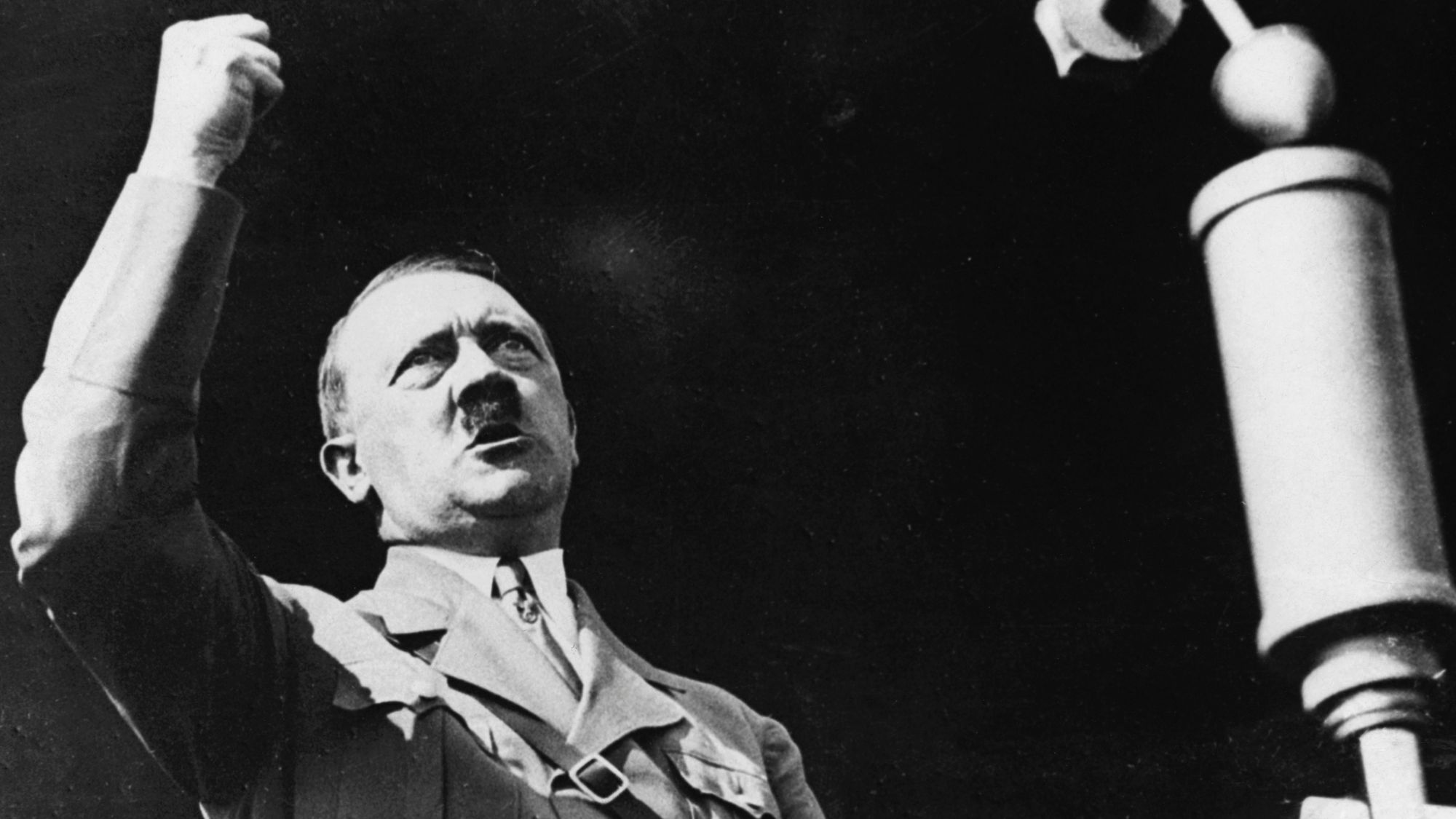 Hitler: what can we learn from his DNA?
Hitler: what can we learn from his DNA?Talking Point Hitler’s DNA: Blueprint of a Dictator is the latest documentary to posthumously diagnose the dictator
-
 How China rewrote the history of its WWII victory
How China rewrote the history of its WWII victoryIn Depth Though the nationalist government led China to victory in 1945, this is largely overlooked in modern Chinese commemorations
-
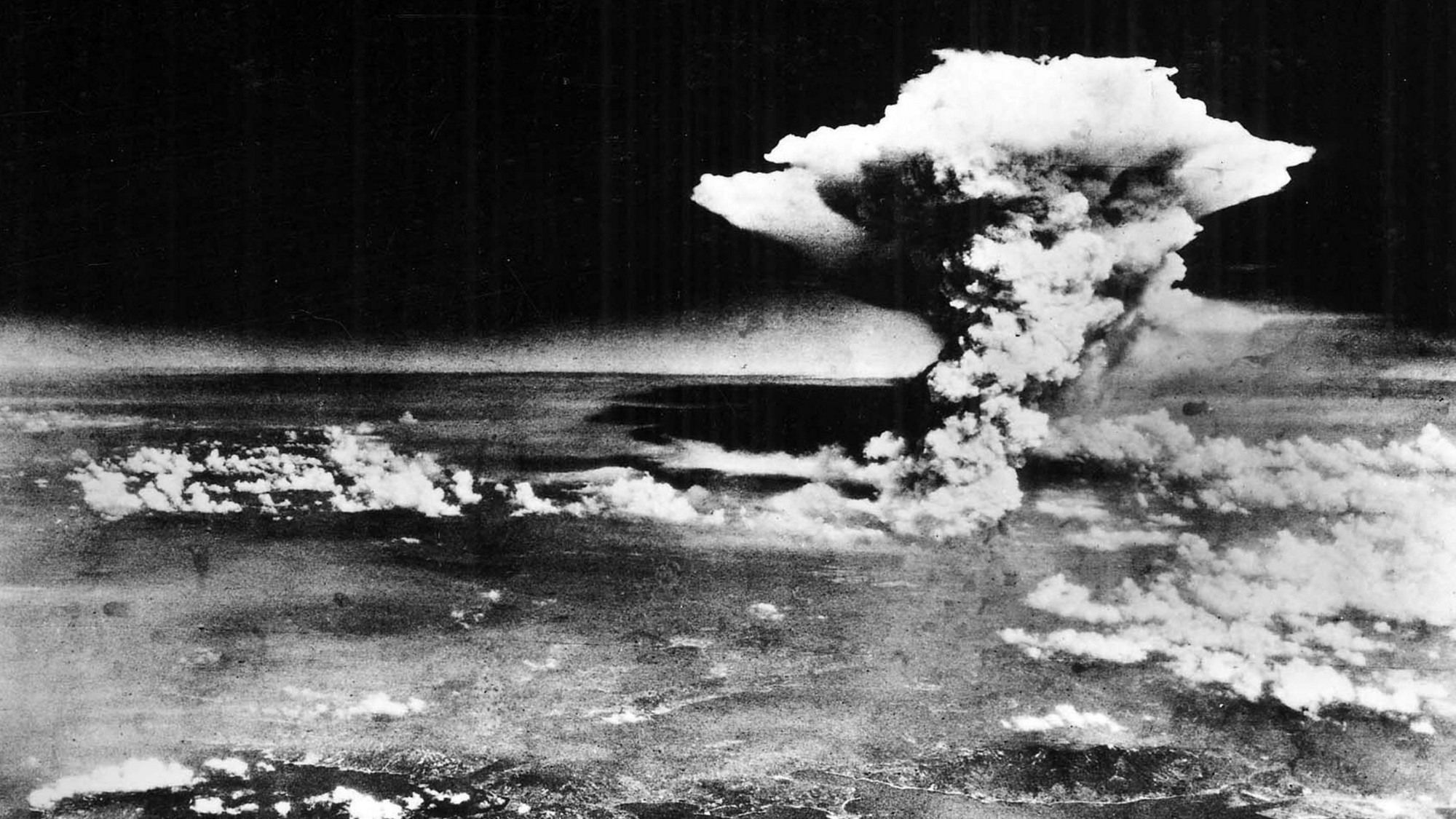 America's controversial path to the atomic bomb
America's controversial path to the atomic bombIn Depth The bombing of Hiroshima followed years of escalation by the U.S., but was it necessary?
-
 The seven strangest historical discoveries made in 2025
The seven strangest historical discoveries made in 2025The Explainer From prehistoric sunscreen to a brain that turned to glass, we've learned some surprising new facts about human history
-
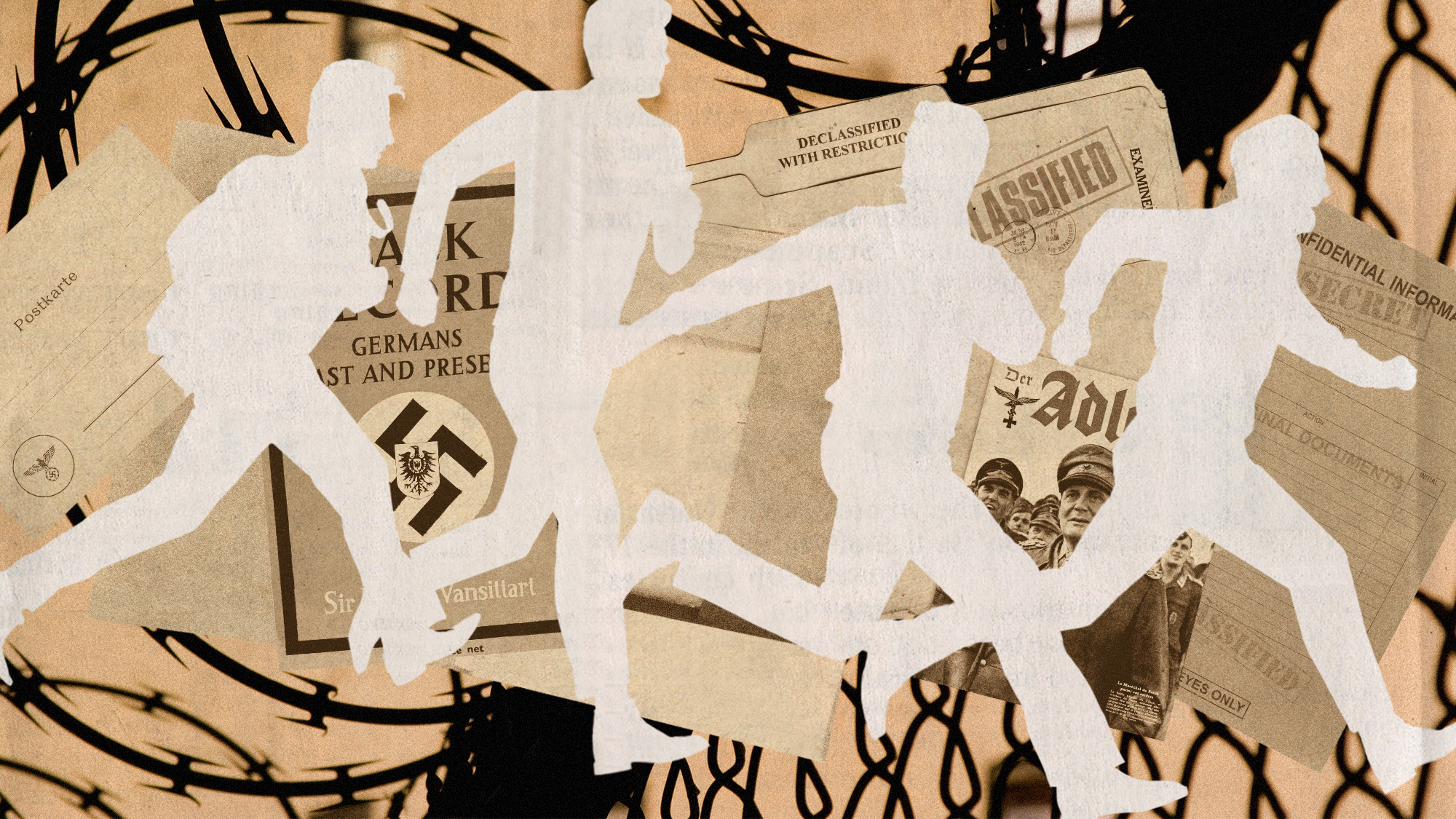 Argentina lifts veil on its past as a refuge for Nazis
Argentina lifts veil on its past as a refuge for NazisUnder the Radar President Javier Milei publishes documents detailing country's role as post-WW2 'haven' for Nazis, including Josef Mengele and Adolf Eichmann
-
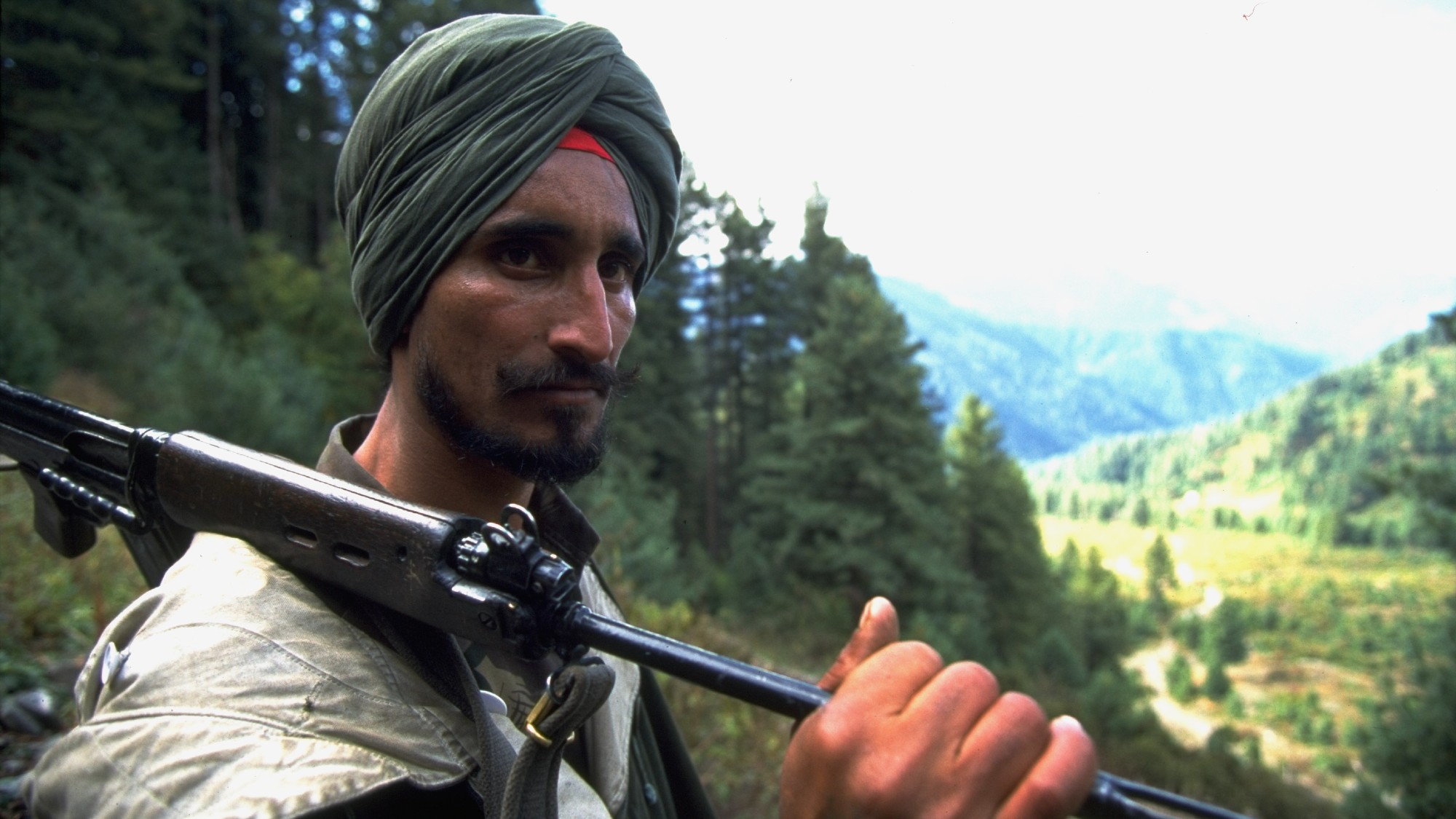 How did Kashmir end up largely under Indian control?
How did Kashmir end up largely under Indian control?The Explainer The bloody and intractable issue of Kashmir has flared up once again
-
 The fall of Saigon
The fall of SaigonThe Explainer Fifty years ago the US made its final, humiliating exit from Vietnam
-
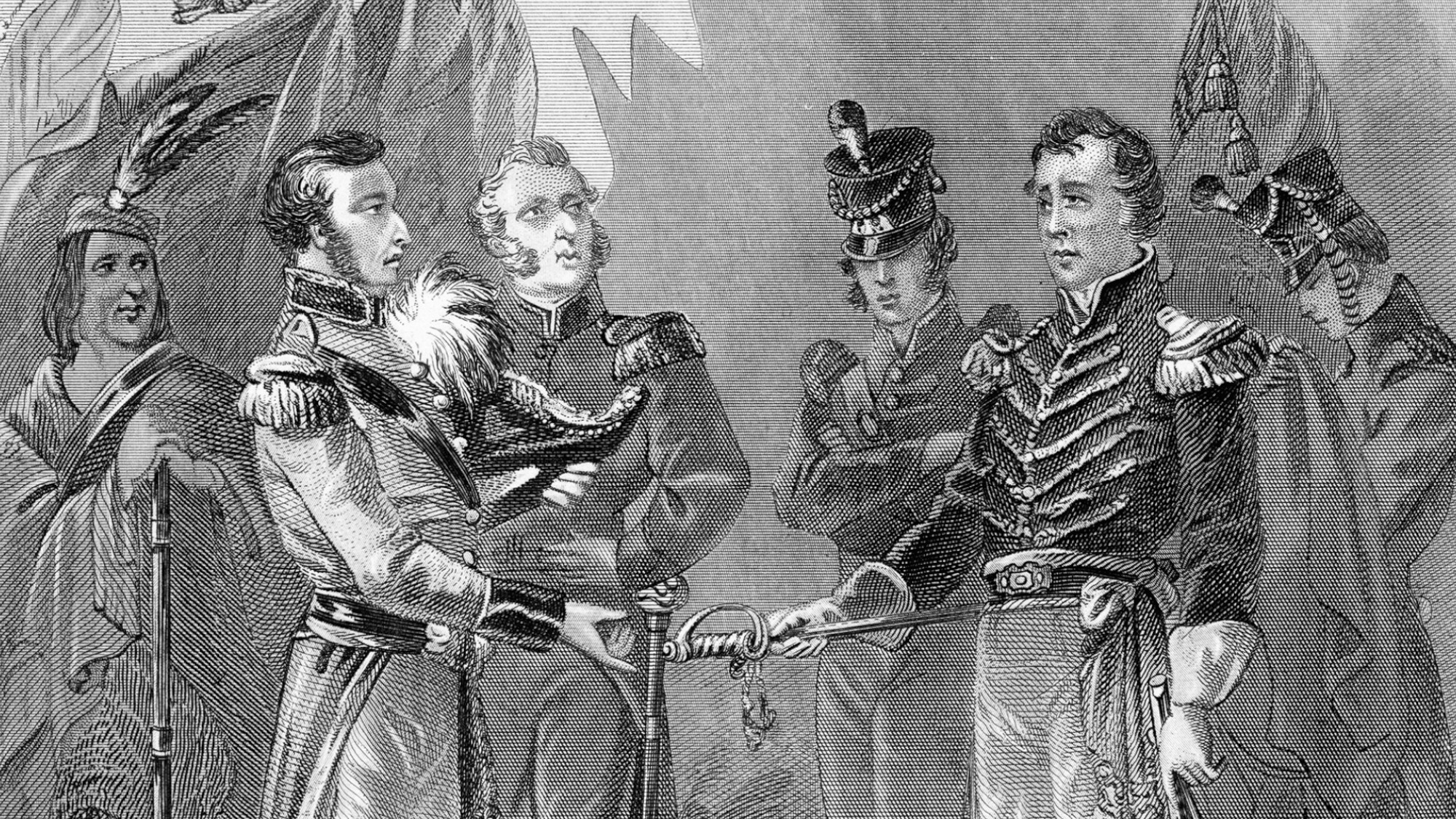 When the U.S. invaded Canada
When the U.S. invaded CanadaFeature President Trump has talked of annexing our northern neighbor. We tried to do just that in the War of 1812.